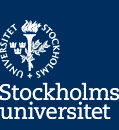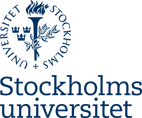The aim of the project is to explain how and why successful scientists use positive emotion to describe their lives and work, and how this affects ideas about science 1901–2018. When Nobel laureates in physics from different countries, periods and specialities describe their own work, their depictions overflow with exuberance, interest, wonder and reverence. Why do physicists call their work "fun"? What are the roles of imagination and creativity, how is personal interest said to matter and how do such narratives change? What does the ubiquity of joy say about how science as an activity and the role of the scientist are socially constructed? Tools from literary studies will be used to analyze the self-narratives. Autobiographies by Nobel laureates in physics have been chosen as sources because of their great influence: Nobel laureates, especially in physics, are often quoted uncritically by schools, museums, and universities to explain what science is, why it matters and what kind of people scientists are. But despite their huge circulation and impact, few have analyzed autobiographies by scientists, and almost no one has investigated the use of positive emotion to shape the perception of science. The analysis of scientists descriptions of joy-filled science will contribute to the history and sociology of science, emotion and work, and help show how societal conceptions of individuality, reward and motivation have changed from the 20th century onwards.
Projektöversikt
Projektperiod
2020-01-15 – 2023-01-15
Projektansvarig/medlemmar
|
Annelie Drakman Forskare i idéhistoria E-post: annelie.drakman@idehist.su.se |

|
Medverkande
Institutionen för kultur och estetik, Stockholms universitet
Finansiär
Riksbankens jubileumsfond
Mer läsning
21/10, 2019: Forskningsprojekt om vetenskapens glädje till Institutionen för kultur och estetik
Projektet rör sig inom forskningsområdet Kunskapers historia.







